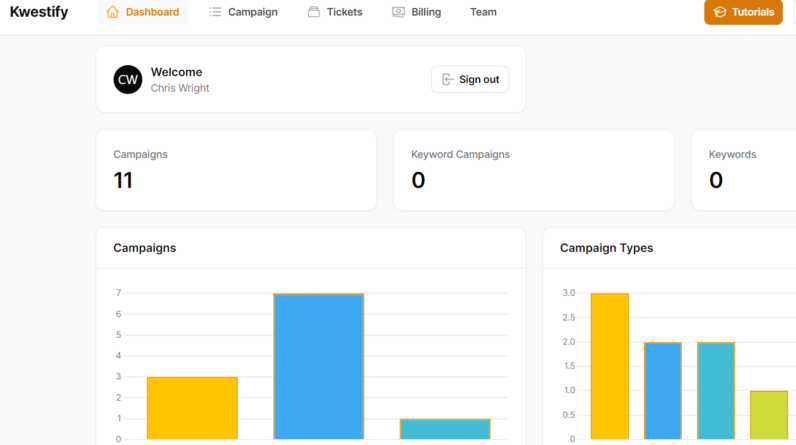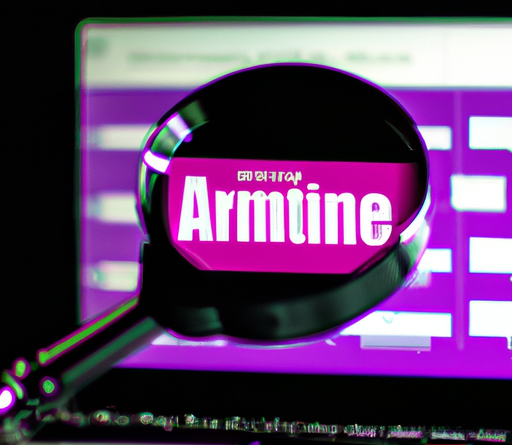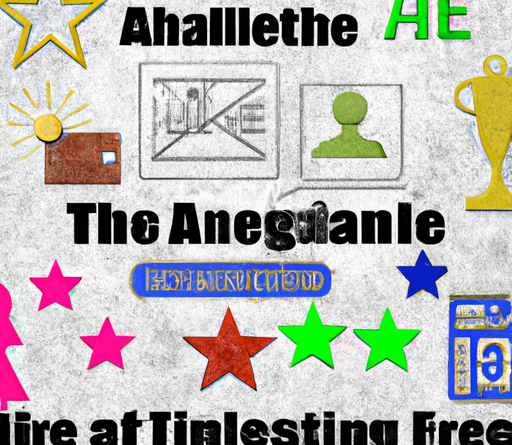![How to Write Informational Content for an Affiliate Site [4.3]](https://chrisswright.com/wp-content/uploads/2023/04/how-to-write-informational-content-for-an-affiliate-site-4-3-G9UqlJ9LFKs-796x445.jpg)
Are you struggling to create informational content for your affiliate site? Don’t worry, you’re not alone. Many affiliate marketers find it challenging to strike a balance between promoting the products they’re affiliated with and providing useful information to their audience. However, creating quality content is essential for driving traffic and increasing conversions. In this blog post, we’ll offer you practical tips and advice on how to write informational content that engages your target audience while promoting your affiliate products. So, let’s get started!
How to Write Informational Content for an Affiliate Site
Affiliate marketing has become one of the most widely used strategies for online businesses looking to monetize their websites. In order to create successful affiliate marketing websites, it is important to create high-quality informational content that is engaging, informative, and valuable to readers.
In this article, we will provide you with an in-depth guide on how to write informational content for an affiliate site. We will cover various blog post types, how to match search intent, and the importance of creating product-led content. We will also discuss the use of internal links and how to structure your content for maximum impact.
Introduction
The primary purpose of an affiliate marketing website is to promote and sell products to customers. However, to do this successfully, website owners must first create engaging content that informs, educates, and provides value to their readers. In order to achieve this, it is imperative to understand the different types of blog posts and how to structure them.
The video
If you are new to writing blog posts for an affiliate marketing site, we recommend that you watch the following video. The video teaches you how to write informational blog posts for an affiliate marketing site.
[Link to the video]
Blog post types
There are several types of blog posts that you can use to create valuable content for your readers. The three most popular types of blog posts are listicles, step-by-step tutorials, and expanded definition posts.
Listicles
Listicles are blog posts that are structured as a list. They can be used to provide readers with a quick overview of a topic or to provide them with a curated list of resources.
Step-by-step tutorials
Step-by-step tutorials are blog posts that provide readers with a comprehensive guide on how to do something. They are particularly useful for readers who need a more detailed explanation of a topic.
Expanded definition posts
Expanded definition posts are blog posts that delve into a topic in-depth. They provide readers with a detailed understanding of a topic and can be used to increase the authority of your website on a particular subject.
Matching search intent
Matching search intent is the most important part of creating content for search engines. Before you start writing your blog post, you need to understand what the user is looking for and what their intent is. By matching their intent, you can create content that provides value to readers and increases the chances of your website being found in search engine results pages (SERPs).
The PSP method
The PSP method (problem-solution-problem) can be used to create an effective introduction to your step-by-step guides. This method involves identifying a problem that the reader is trying to solve, offering a solution, and then highlighting the benefits of the solution.
Internal links
Internal links are important to create a better user experience for readers. They allow readers to easily navigate through your website and find the information they need. In addition, internal links can help search engines crawl your website more efficiently and can improve your website’s search engine ranking.
Expanded definition posts
Expanded definition posts have a clear format to follow for the intro, main content, and conclusion. The intro should provide an overview of the topic and what will be discussed in the post. The main content should provide readers with a detailed explanation of the topic. The conclusion should summarize the main points of the post and provide readers with a call to action.
Creating product-led content
Creating product-led content can lead to commissions for affiliate sites. When creating product-led content, it is important to focus on the benefits of the product and how it can solve a problem for the reader. This will make readers more likely to click on your affiliate link and make a purchase.
Conclusion
In conclusion, creating informational content for an affiliate site requires an understanding of various blog post types, matching search intent, creating effective introductions, using internal links, following a clear format, and creating product-led content. By following these guidelines, you can create high-quality content that provides value to readers and generates commissions for your affiliate site.
FAQ
-
How many types of blog posts are there?
There are several types of blog posts, but the most popular are listicles, step-by-step tutorials, and expanded definition posts. -
Why is matching search intent important?
Matching search intent is important because it allows you to create content that provides value to readers and increases the chances of your website being found in search engine results pages (SERPs). -
What is the PSP method?
The PSP method is the problem-solution-problem method. It involves identifying a problem that the reader is trying to solve, offering a solution, and then highlighting the benefits of the solution. -
Why are internal links important?
Internal links are important because they allow readers to easily navigate through your website and find the information they need. In addition, internal links can help search engines crawl your website more efficiently and can improve your website’s search engine ranking. -
What is product-led content?
Product-led content is content that focuses on the benefits of a product and how it can solve a problem for the reader. This type of content can lead to commissions for affiliate sites.






